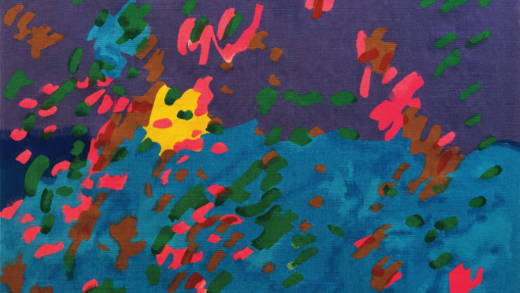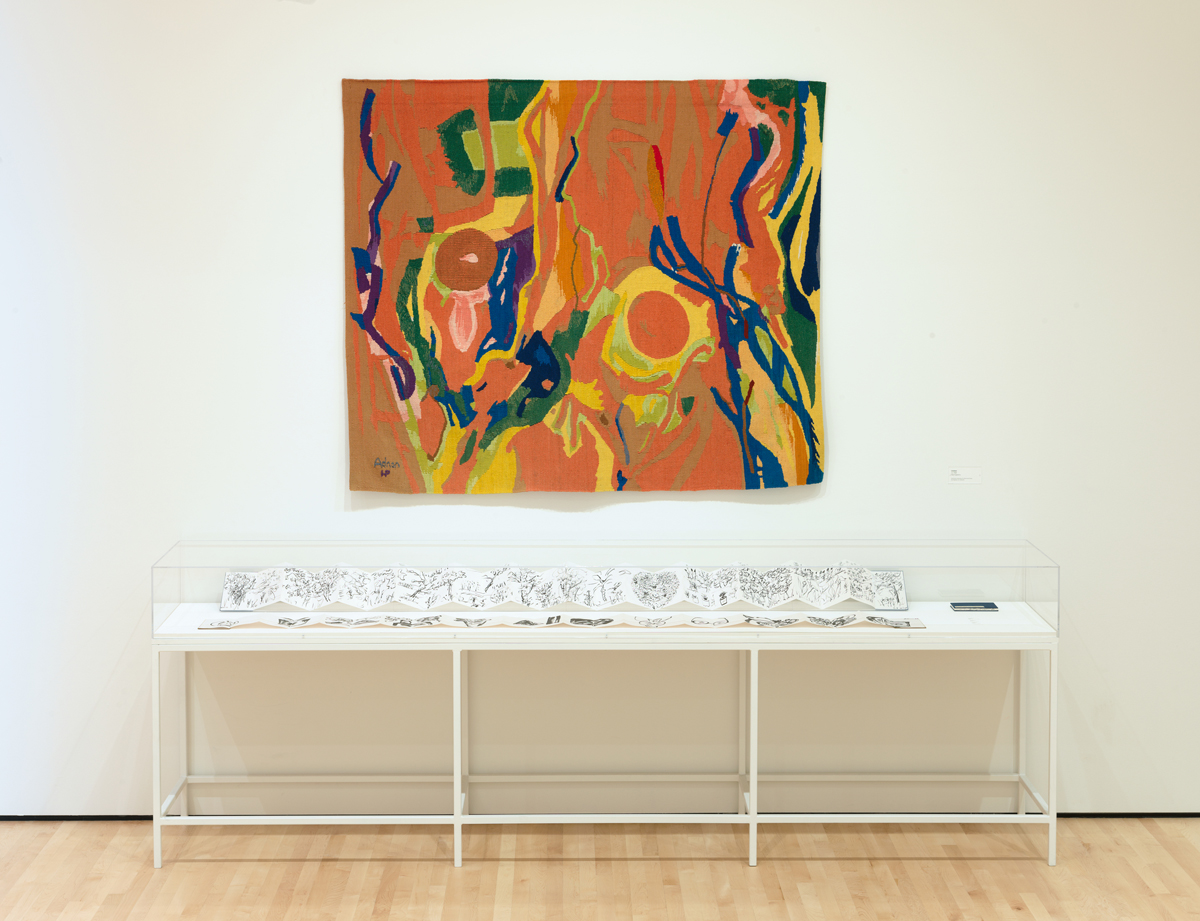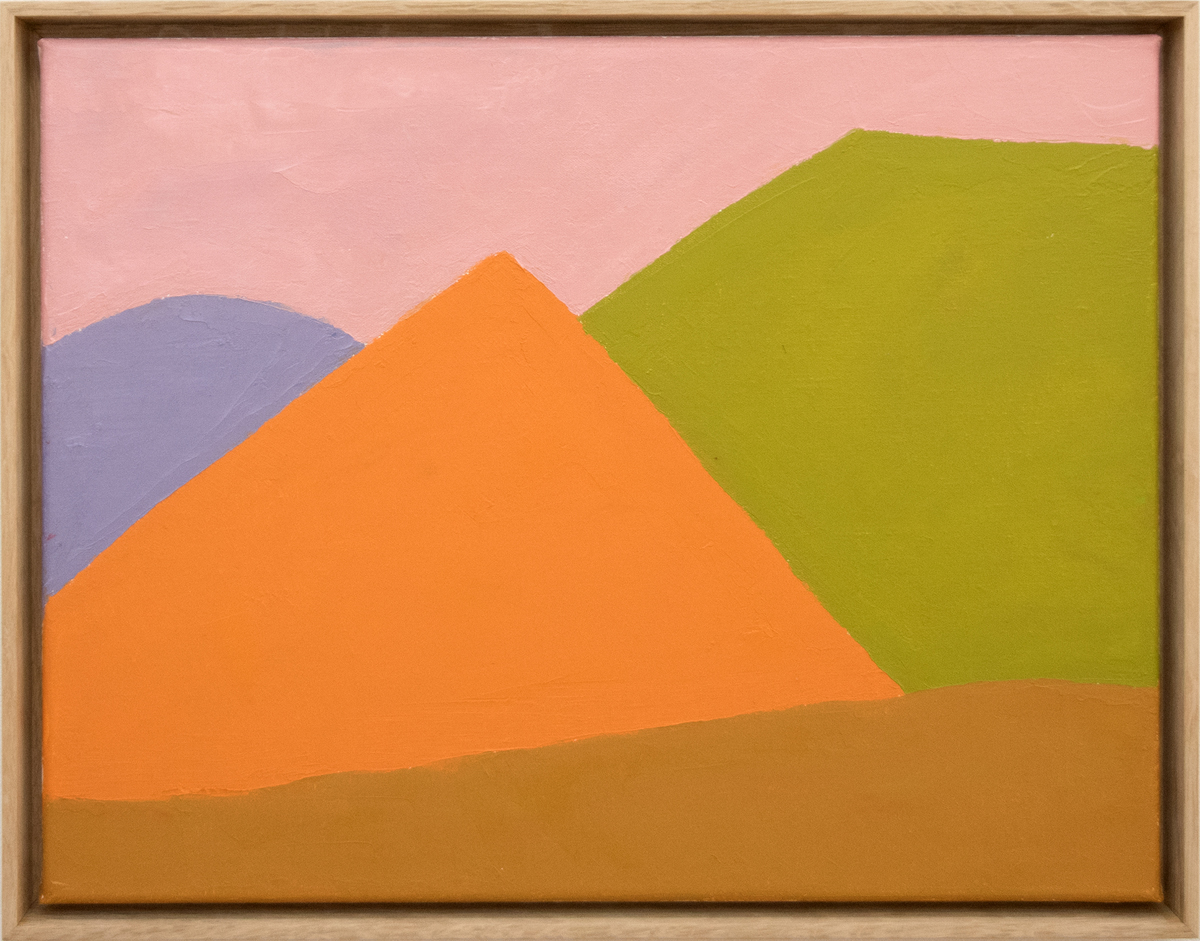One of the most exciting recent developments in art has been the critical and commercial resurgence of female artists in their senior years. Working for decades at the industry’s margins or completely outside of its closed system, older women are not only headlining shows and commanding impressive sales, but complicating and enriching established ideas about art.
Among them is the Paris-based 93-year-old Lebanese writer and artist Etel Adnan. Regarded as something of a cult icon for her imagistic, politically trenchant novels and poetry, Adnan has found latter-day recognition for her earthy abstract expressionist paintings. Beginning in the 1950s with the encouragement of Ann O’Hanlon, the former art department head at Dominican College (now Dominican University of California), Adnan developed a unique visual vocabulary that pits swatches of paint against one another to form color fields suggestive of Northern California landscapes. Her most enduring subject is Mount Tamalpais.
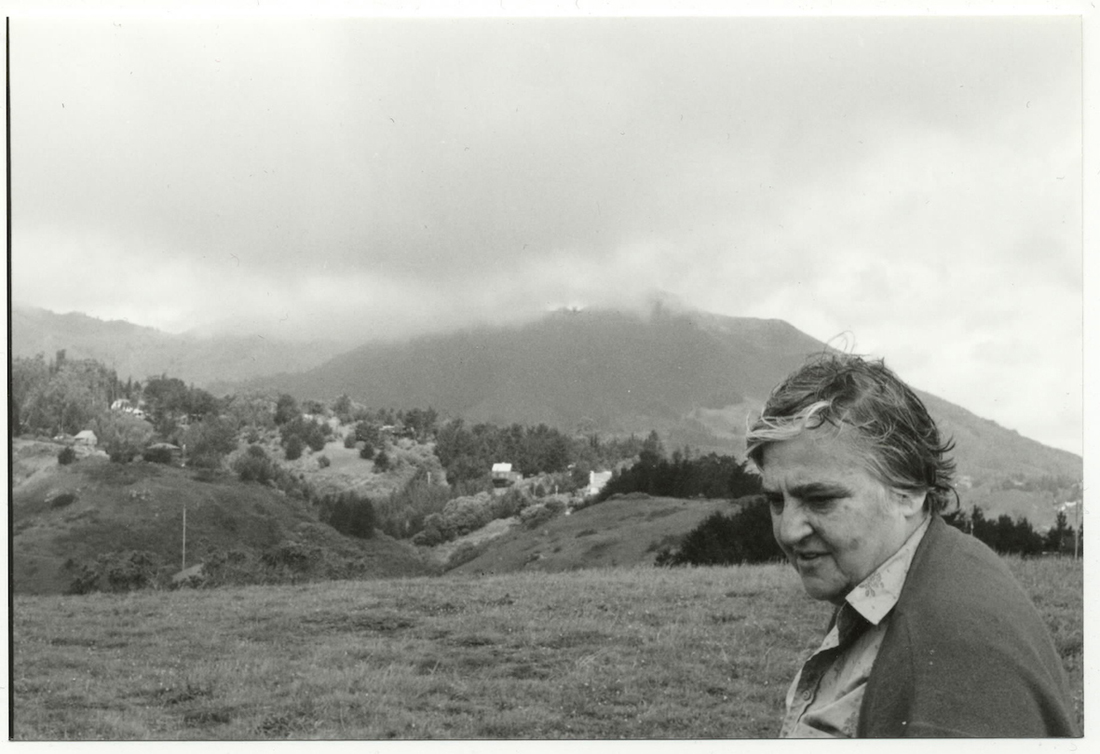
At the San Francisco Museum of Modern Art, New Work: Etel Adnan endeavors to prove just how vital an artist Adnan continues to be. Comprising recently-made pieces that include oil paintings and a tapestry based on a drawing from 1968, New Work is an impressive flex of creative muscle that makes a solid case for Adnan as one of the greatest living colorists.
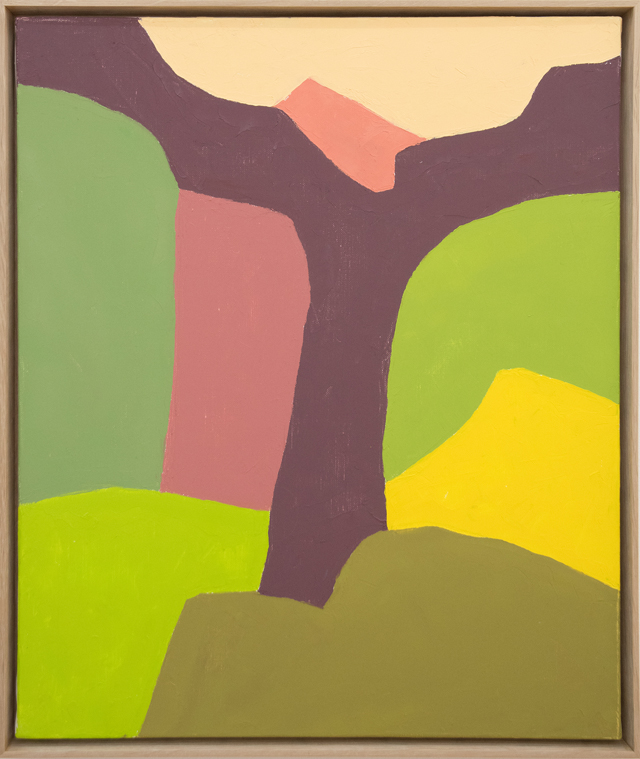
Using a palette knife rather than a brush, she approaches the canvas with deftness and care, sectioning her work into structured but fluidly interlocking shapes of complimentary color. The best paintings in the show follow a similar motif, a loose T-like jolt of pigment carving the surface into pools of warm color.
Depending on her palette, Adnan can conjure lakes, deserts, mountains and forests in the common space between two similar hues. Even more interesting is how she can make one color take on a different resonance when paired against other contrasting shades—the same yellow that breathes with blue dulls against cells of olive and brown.
